Spain’s visual culture brims with Spanish traditional attire that thrills the eye and stirs the soul. From the passionate swirl of a Flamenco dress to the ornate structure of a Traje de luces, each garment tells a story. Those clothes show centuries of creativity and artistry still alive today in Traditional Spanish fashion.
Traditional Spanish clothing reflects the rich cultural heritage and regional diversity of Spain. These garments are often vibrant, symbolic, and steeped in historical significance. Each region boasts its own unique styles, from the elegant flamenco dresses of Andalusia to the colorful folk costumes of Galicia and Valencia.
A Brief History of Traditional Spanish Clothing
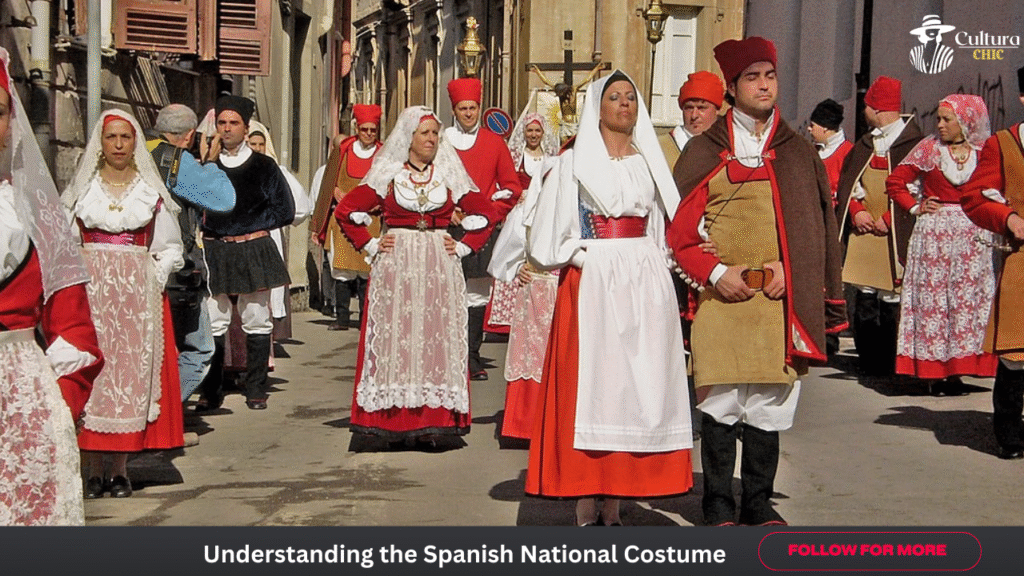
Spain’s clothing legacy dates back to medieval times. Elite courtiers inspired Historical Spanish garments like velvet cloaks and elaborate farthingales. As Spain’s power grew in the 16th century, its clothing designs spread across Europe. Those extravagant styles became symbols of wealth and helped establish Spanish cultural heritage.
Through the centuries, influences from Roman, Arab, and Berber cultures fused in everyday dress. Such blending enriched regional styles and led to the rise of Spanish textile industry hubs like Córdoba. That manufacturing strength still shapes Traditional Spanish clothing today.
Understanding the Spanish National Costume
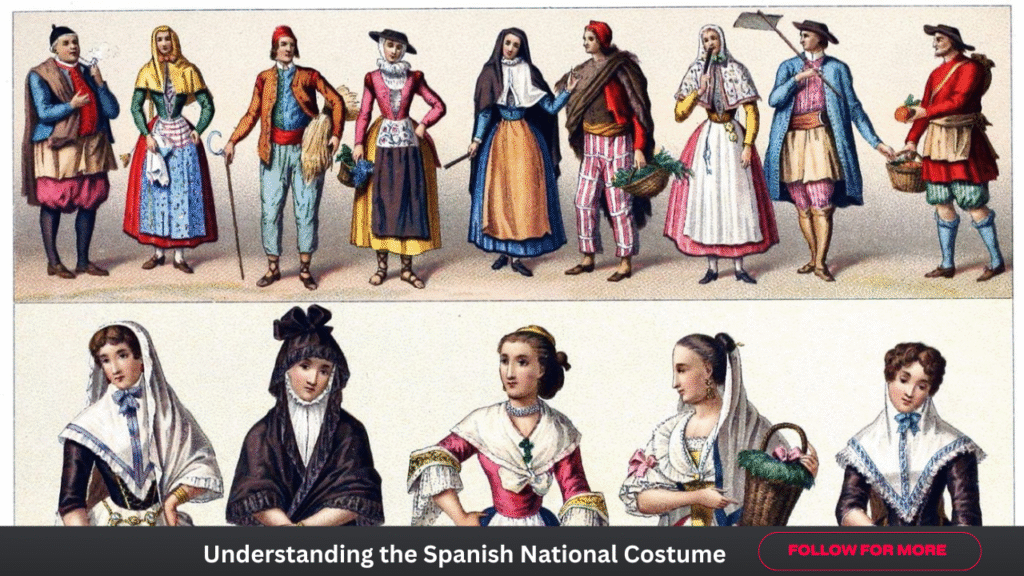
A nation’s costume acts as a visual anthem of its identity. Spain’s national costume often includes iconic pieces like the Mantilla veil and the Flamenco dress, each carrying deep cultural meaning. These items go beyond fashion—they serve as silent witnesses to Spain’s traditions during festivals and ceremonies.
In daily life, the Traje de luces and Fallera costume stand apart as ceremonial and festive wear. While locals usually keep them for special occasions, American fashion lovers can find inspiration in their bold colors and lavish culture. These garments connect modern dress to ancient traditions.
Key Elements of Traditional Spanish Attire
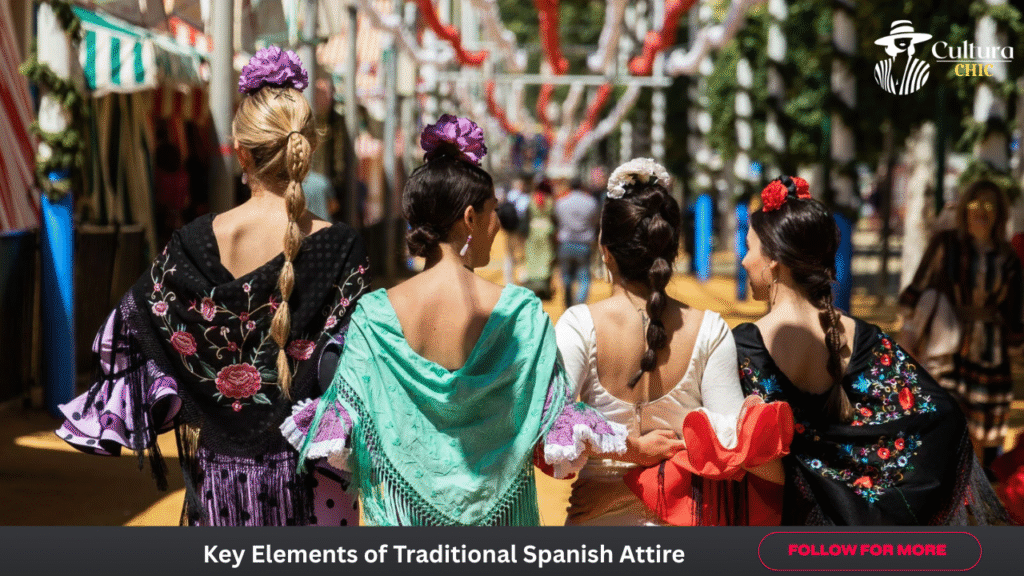
Traditional clothing uses natural fabrics like wool, silk, and Organic cotton. Women’s dresses display ruffles, lace, and patterned shawls. Men’s garb includes fitted jackets, high-waisted trousers, and accessories such as hats or boots. Embroidery work on jackets and gowns reflects masterful Spanish embroidery.
Color combinations also carry meaning—Flamenco performers use red for passion and joy. Black, meanwhile, evokes elegance or formal mourning. Footwear varies by region, from leather boots to woven espadrilles. These details show how Regional Spanish clothing caters to climate, history, and identity.
Traditional Clothing by Spanish Region
Andalusia
In Andalusia, Fashion in Andalusia centers on flamenco and bullfighting. Local dresses reflect strength and movement. Even accessories like fans and shawls tell stories of heat and dance. Those symbols come alive at Seville’s Feria and Madrid’s bullring.
Valencia
Valencia’s dress grows from regional pride, with the Fallera costume worn during Las Fallas festival. That ornate dress uses rich silk, lace, and floral patterns. It also includes golden pins and jewelry, all rooted in Valencian folklore and craftsmanship.
Catalonia
The Catalonia fashion hub focuses on the barretina hat and woven sashes reflecting Catalan culture. Rich embroidery and woven textures show regional identity. The Catalan dress offers a subtle yet powerful statement of heritage and community.
Galicia & Basque Country
In Galicia and the Basque Country, clothing adapts to cooler, rainier climates. That means robust fabrics and muted tones. Traditional garments include layers, cloaks, and woods-ready boots. These outfits show how dressing met both style and survival.
Clerical and Religious Traditional Dress in Spain
Spain’s Catholic traditions leave deep imprints on its dress culture. Religious robes for Semana Santa, worn by brotherhoods, are richly detailed and hand-embroidered. Those robes hold centuries of symbolism—from contrition to renewal.
Clerical garb remains formal and ceremonial, with vestments passed down through generations. Nuns and priests often wear garments tied to local convents or orders. These garments also support Traditional garment preservation and artisan livelihoods.
Iconic Spanish Designers Preserving Tradition
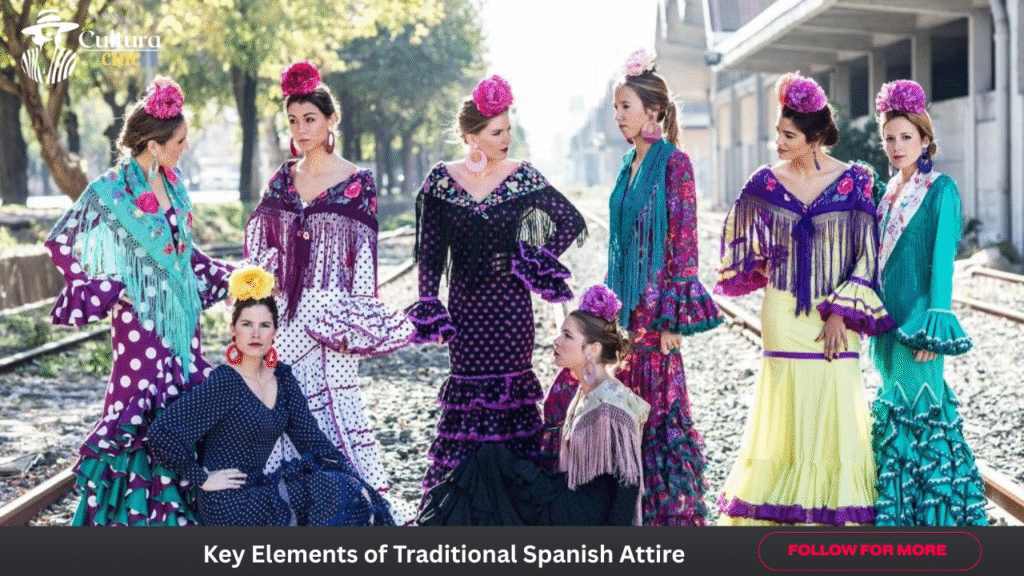
Brands like Inditex and Spanish fashion houses blend old techniques with modern vision. Balenciaga, influenced by Spanish shapes, once reimagined matador jackets. Contemporary names like Ecoalf, Brava Fabrics, and Thinking Mu focus on Sustainable Spanish fashion through recycled materials and eco standards.
This sustainable movement aligns with España Circular 2030, pushing green approaches in the sector. Designers now celebrate tradition while protecting resources and promoting ethical values globally.
Traditional Spanish Clothing in Pop Culture
You may spot Spanish garments across movies and stage. Celebrities wear Spanish shawls and Bullfighting costume elements on red carpets. In television, flamenco dresses appear in scenes set in Spain. Their vibrant patterns have even inspired bridal fashion.
American and global designers draw inspiration from Spanish motifs like ruffles or lace patterns. That crossover builds bridges between traditional Spanish forms and modern aesthetics, helping these garments gain international appreciation.
Modern Adaptations & Evolution of Spanish Dress
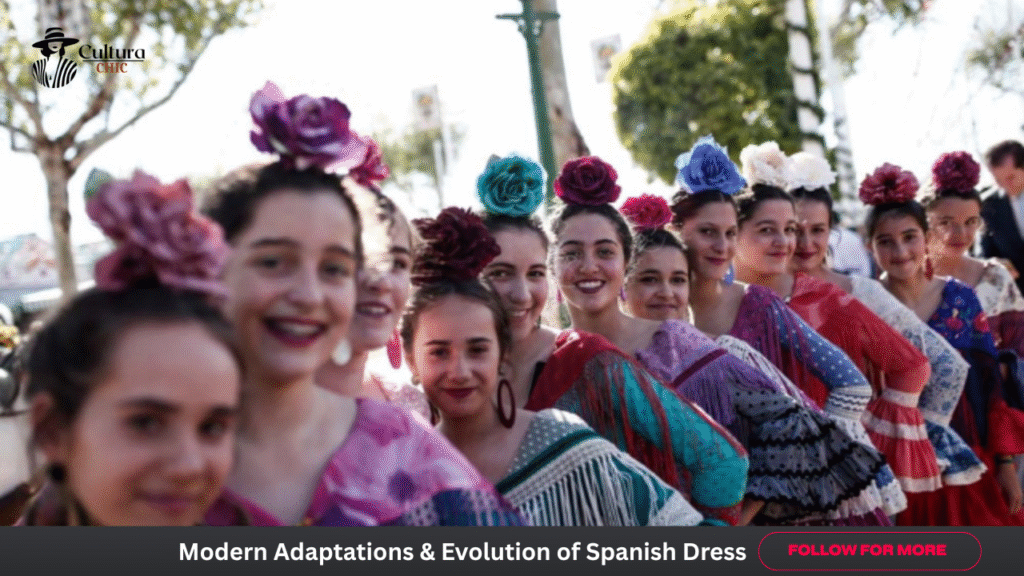
Today’s Spanish fashion integrates tradition into daily wear. Designers mix flamenco-inspired ruffles onto modern tops or add mantilla edges to casual outfits. E-commerce platforms across Online fashion Spain help artisan brands sell worldwide.
Technology also plays a role. Projects like d_archive project digitally preserve historic patterns and embroidery. Companies integrate Green textile innovation, ensuring eco-friendly production and limiting waste per Textile waste management Spain policies.
Where to See and Experience Traditional Spanish Clothing
Travelers can see authentic outfits at museums like Madrid’s Museo del Traje. Avant-garde exhibits also chronicle design evolution from lace to modern dress. During festivals, locals wear traditional clothes by the dozen.
Artisan workshops in Córdoba, noted for Córdoba textile production, offer live demos and handmade items. Barcelona and Madrid feature regional costume exhibitions and boutiques. Those visits immerse you in craftsmanship and history up close.
Why Traditional Spanish Clothing Still Matters
These garments preserve cultural memory. Wearing a Flamenco dress or Traje de luces connects generations. That makes them far more than fashion—they become tools for storytelling and pride.
The sutainable shift also gives them new life. Brands rooted in Spain benefit from European fashion investment and promote ethical fashion rooted in old-world craft. This fusion ensures traditional clothing remains relevant while shaping green futures.
Spain’s Fashion Through Numbers
| Metric | Value |
| Spanish fashion GDP | 2.8% of national GDP |
| Spanish clothing exports | €32.4 billion in 2022 |
| Percentage of SMEs in fashion industry | 86% |
| Online fashion sales value | €5.7 billion in 2022 |
| Textile waste recycled annually | 12.16% |
Conclusion
This article covered the evolution, style, economy, and sustainability surrounding Traditional Spanish Clothing. It explored regions like Andalusia and Catalonia, followed developments via designers and technologies, and looked at how tradition remains meaningful. Fashion lovers in the USA and beyond can take inspiration from Spain’s creative path, guiding them toward insights, crafts, and designs that endure long beyond seasonal trends.
FAQ’s
Q: What is the traditional Spanish dress called?
A: The traditional Spanish dress is commonly known as the Flamenco dress or traje de flamenca, featuring ruffles, bright colors, and fitted silhouettes.
Q: What is the traditional clothing of Spain?
Spain’s traditional clothing includes the mantilla veil, traje de luces, fallera costume, and regional outfits reflecting Spain’s rich cultural diversity.
Q: What is the dress style in Spain?
A: Spanish dress style blends modern fashion with classic elegance, and people often dress smartly, especially in cities, with attention to detail and seasonal trends.
Q: How to dress for a Spanish party?
A: For a Spanish party, wear bold, colorful outfits—ladies might choose a Flamenco-inspired dress, while men can opt for fitted trousers and a stylish shirt.
Q: What is the female Spanish traditional dress called?
A: The female traditional dress is called the traje de flamenca or Flamenco dress, often worn at festivals and featuring layered ruffles and vibrant patterns.
Welcome to Cultura Chic! I’m CHAUDHARY ALI, an AI-Powered SEO, and Content Writer with 2 years of experience.
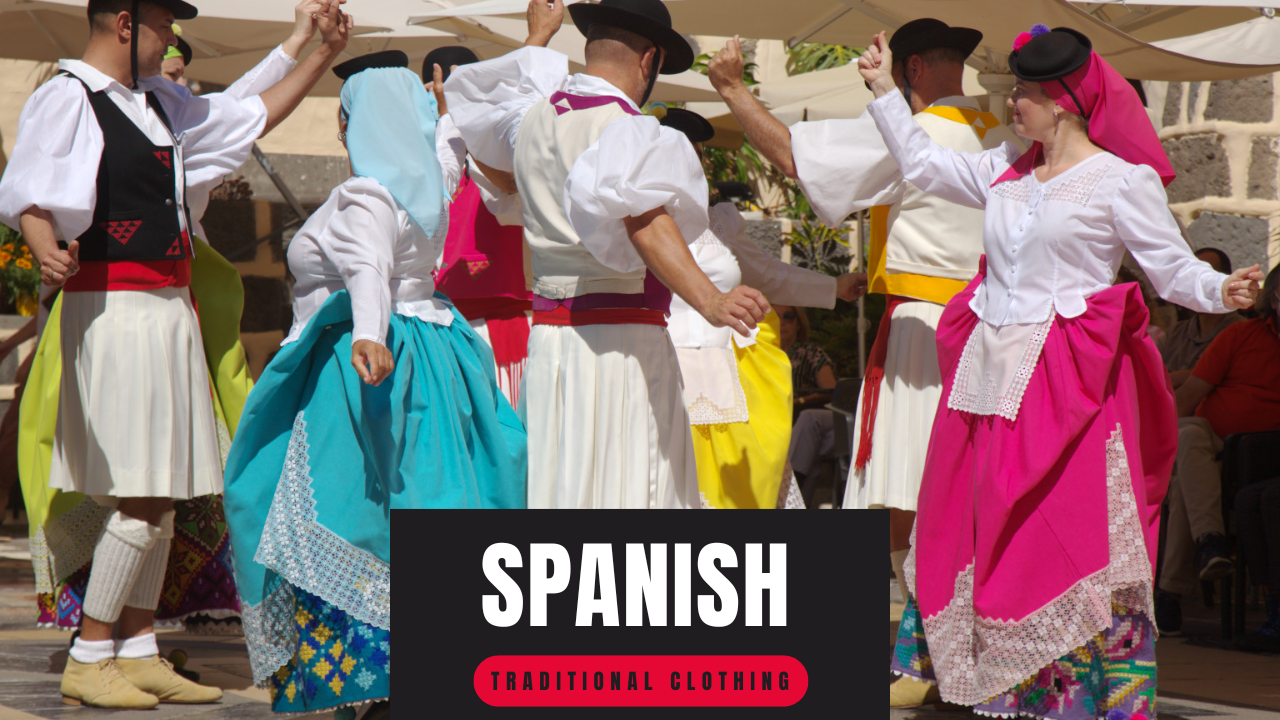
1 thought on “Traditional Spanish Clothing”